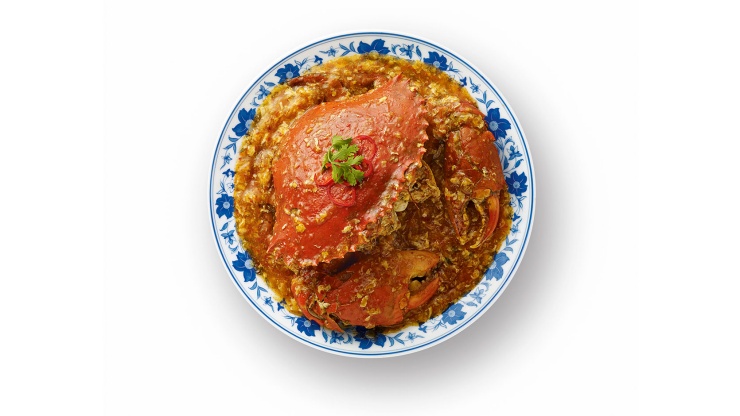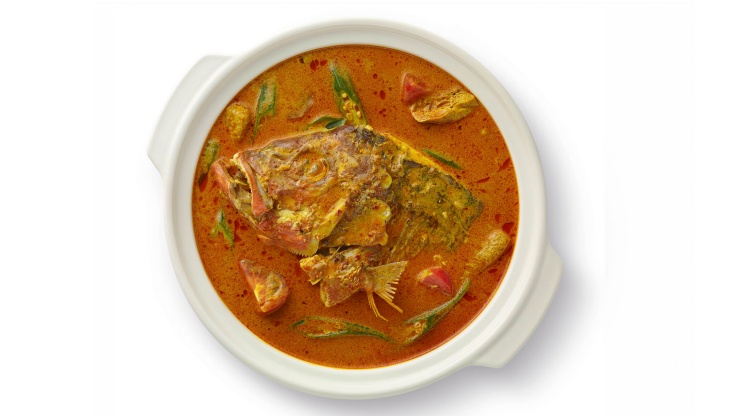At A Glance

WELCOME!
The following information have been carefully selected for your reference. Some resources may have bias perspectives. Please approach the SMU Libraries (library@smu.edu.sg ) should you have any doubts or need clarifications.
These videos show the distinct cultures, belief, values, and norms of Singapore.
Local Culture
-
Living in ASEAN CountriesEach ASEAN country has its history, language and dynamism. Find out the way of life, customs in each of the ASEAN country.
-
Overall Cultural Life in SingaporeFind out more about the cultural life in Singapore.
-
Religions and Beliefs in SingaporeFind out more about the various religions in Singapore.
-
Percentage of Religions in SingaporeFind out the percentage of each religion in Singapore.
-
Ethnic Groups in SingaporeFind out more about the ethnic groups in Singapore.
-
Percentage of Ethnic Groups in SingaporeFind out the percentage of ethnic groups in Singapore.
-
Spoken LanguagesMost Singaporeans are fluent in English. Many Singaporeans also speak an additional language, usually Mandarin Chinese, Malay or Tamil.
-
DelicaciesExplore the many flavours Singapore has to offer.
-
Singapore Events & FestivalsFind out interesting local festive celebrations and events throughout the calendar year in Singapore.
Popular Sports
Football (Soccer), Badminton, rugby, cricket, swimming, basketball, table tennis, cycling
Find out some Singapore street food that you may encounter when visiting Singapore.
Let's find out why Singlish is claimed to be the most efficient language in the world through this comedy by The Smart Local.
Delicacies

Chilli Crab
The crab is divine but the sauce is the star—sweet yet savoury, slightly spicy and supremely satisfying. You will get it all over your fingers as you crack open the crab shells, and it is simply impossible not to lick it all up.

Fish Head Curry
Fish head curry is unique to Singapore, the epitome of a cultural melting pot. It mixes the spices of a typical South Indian curry with the fish head, a delicacy among the Chinese. Every ethnic group here has its own version of the dish, some mix in tamarind paste for a tinge of sourness, others add coconut milk for a creamier texture. The only similarity is the head of a fleshy Red Snapper swimming in a pool of spicy gravy, along with okra (lady fingers) and egg plant.

Laksa
This spicy noodle soup dish is the perfect comfort food for rainy days, and is bound to both fill your belly and tickle your tastebuds. There are various types of laksa (spicy coconut milk-based noodle soup) in Singapore–from the tamarind-tang of Penang laksa to the curry-like Sarawak laksa. But none is more famous than our home-grown Katong laksa.

Hainanese Chicken Rice
In Singapore, the dish is infused with local Cantonese influences which inspired the tangy red chilli sauce dip and the use of tender and young chicken. The chicken is steeped in boiling water or blanched till it is fully cooked, before soaking it in cold water to ensure the meat remains tender. In a local twist, the chicken can also be roasted or braised in soya sauce for a different taste.

Rojak
Rojak means an “eclectic mix” in colloquial Malay, and the dish sure lives up to its name. Its ingredients reflect the cultural diversity of Singapore, bringing together disparate items such as mixed vegetables, fruits, and dough fritters that is covered in a sticky black sauce and garnished with chopped peanuts and finely-cut fragrant ginger flowers for a piquant tasty blend.

Roti Prata
Crispy on the outside, soft on the inside, roti prata hits the spot every time. A South-Indian flat bread made by frying stretched dough flavoured with ghee (Indian clarified butter), it is usually served with fish or mutton curry. Roti means 'bread', and prata or paratha means 'flat' in Hindi.

Kaya Toast
This simple dish is the ultimate comfort food for those with a sweet tooth, offering the right mix of crunch and sugar rush. It is the perfect snack that goes very well with a cup of local kopi (coffee) or teh (tea)—charcoal-grilled or toasted slices of bread enveloping slivers of cold butter and a generous spread of kaya (a traditional jam made from coconut and eggs).
Videos
Singapore's hawker culture has evolved through the years from push carts to modern hawker centres. How did early immigrants create food that's uniquely Singaporean? Why is Hokkien mee Hokkien, and how did Indian rojak come about? Let's find out more in this video.
As the first generation stall holders pass on, who is going to carry their torch? We profile some of the brave and intrepid hawkerpreneurs, the new breed, who despite the odds think that they can make it and keep the hawker culture alive in Singapore. Let's find out more in this video.

